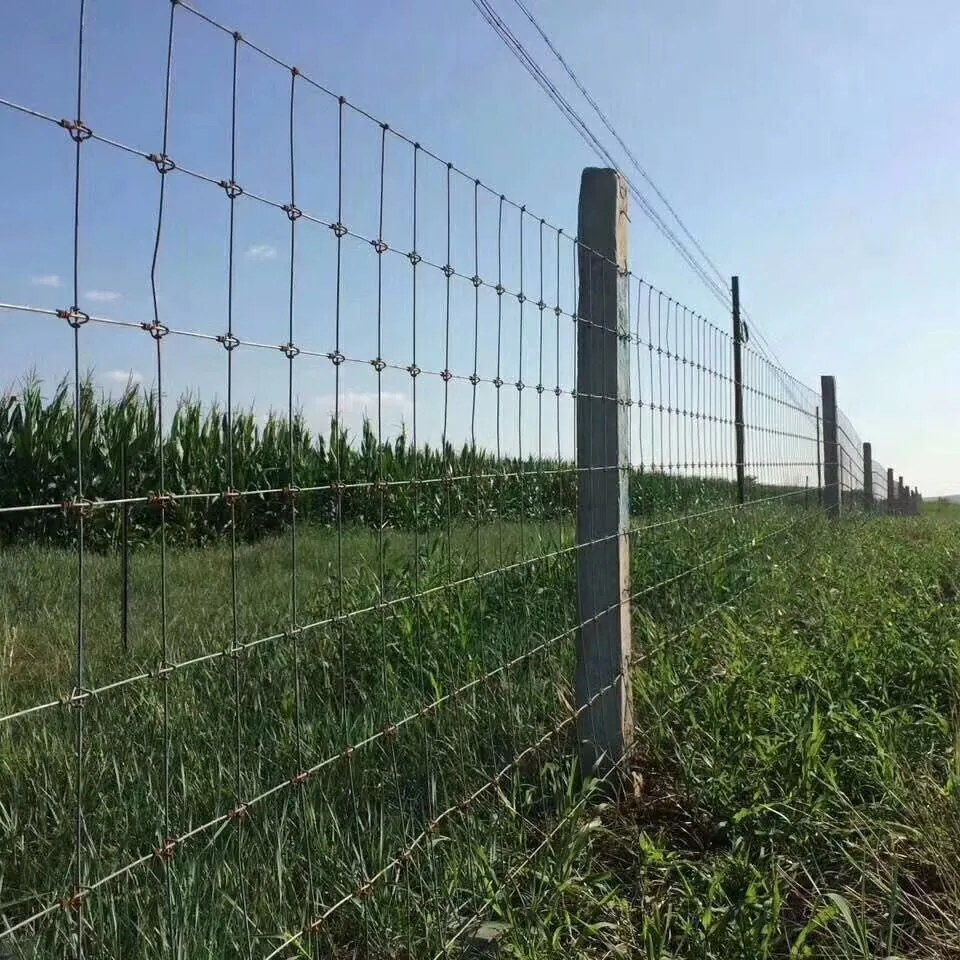Dec . 05, 2024 23:36 Back to list
Manufacturing Process and Techniques for Iron Nail Production
The Manufacture of Iron Nails A Comprehensive Overview
Iron nails are essential fasteners used in construction and woodworking, serving as a crucial component in various applications. The process of manufacturing iron nails has evolved significantly over the years, transforming from manual craftsmanship to modern automated techniques. This article provides a comprehensive overview of the iron nail manufacturing process, highlighting the materials, techniques, and innovations that define this industry.
Raw Materials
The primary raw material for iron nail production is iron ore, which is extracted from the earth through mining. The ore undergoes a smelting process in a blast furnace, where it is combined with coke and limestone to produce pig iron. This pig iron is subsequently refined to create wrought iron or steel, which is the most common material used for making nails today. The choice of material is crucial as it affects the durability, strength, and corrosion resistance of the nails.
Nail Design and Specifications
Iron nails come in various designs and specifications, tailored to meet specific industry needs. The most common types include common nails, finishing nails, and roofing nails, each serving particular purposes in construction and woodworking. Specifications such as length, gauge, and head diameter are critical and must be standardized to ensure compatibility with tools and building materials.
The Manufacturing Process
The production of iron nails involves several key steps
1. Wire Drawing The first step in nail manufacturing is wire drawing, where thick coils of iron wire are reduced in diameter by being pulled through progressively smaller dies. This process ensures the wire reaches the desired gauge suitable for nail production.
2. Cutting and Shaping Once the wire is drawn to the appropriate size, it is cut into specific lengths. Modern machinery can perform this task with precision, ensuring uniformity in nail size. The cut wire is then shaped, with one end pointed to facilitate easy penetration into materials.
iron nail manufacture

3. Head Formation Nails typically have a head to prevent them from being driven all the way through the material. During this stage, the head is formed using a process called heading, where the end of the nail is hammered or pressed to create a larger diameter head. This process can be achieved through mechanical means in automated production lines.
4. Heat Treatment To enhance strength and durability, nails often undergo heat treatment. This process involves heating the nails to a specific temperature and then rapidly cooling them, which increases hardness and resistance to bending or breaking.
5. Coating Iron nails are susceptible to rust and corrosion; therefore, a protective coating is often applied. Common coatings include galvanization (zinc coating), black oxide, or epoxy finishes. These coatings not only enhance corrosion resistance but can also provide aesthetic appeal depending on the application.
6. Quality Control Throughout the manufacturing process, strict quality control measures are implemented to ensure that the nails meet industry standards. This involves dimensional checks, tensile strength testing, and corrosion resistance evaluations.
Innovations in Nail Manufacturing
The nail manufacturing industry has benefited greatly from technological advancements. Automation and robotics have increased production efficiency, allowing manufacturers to produce nails at a much faster rate with reduced labor costs. Additionally, innovations in materials science have led to the development of specialty nails designed for specific applications, such as stainless steel nails for marine environments or composite nails for lightweight materials.
Moreover, the rise of eco-friendly manufacturing practices has prompted some companies to explore sustainable materials and practices, aiming to reduce the environmental impact of nail production.
Conclusion
The manufacture of iron nails is a vital segment of the construction and woodworking industries, reflecting centuries of development and innovation. From raw materials to advanced manufacturing techniques, the production process is designed to meet the demands of modern construction while maintaining quality and durability. As technology continues to progress, the nail manufacturing industry will undoubtedly evolve, offering even more efficient and sustainable solutions for builders and craftsmen alike. With the enduring necessity for strong and reliable fasteners, iron nails will continue to play a fundamental role in construction for years to come.
-
The Role of Field Wire Fence in Grassland Conservation
NewsJul.15,2025
-
Stainless Steel Razor Wire Durability in Coastal Environments
NewsJul.15,2025
-
Enhancing Home Security with Mesh Fences
NewsJul.15,2025
-
Diamond Mesh Wire for Small Animal Enclosures
NewsJul.15,2025
-
Common Wire Nail Tensile Strength Testing for Woodworking
NewsJul.15,2025
-
Barbed Wire Corrosion Resistance Galvanization Techniques
NewsJul.15,2025









